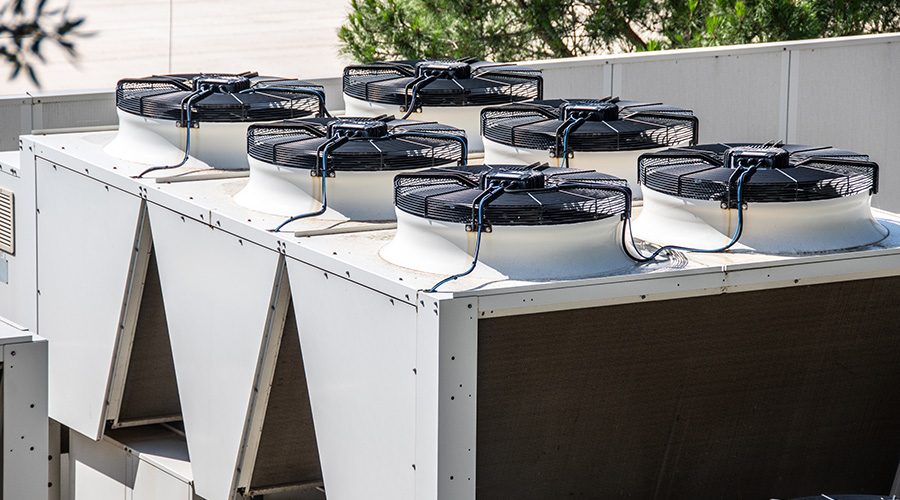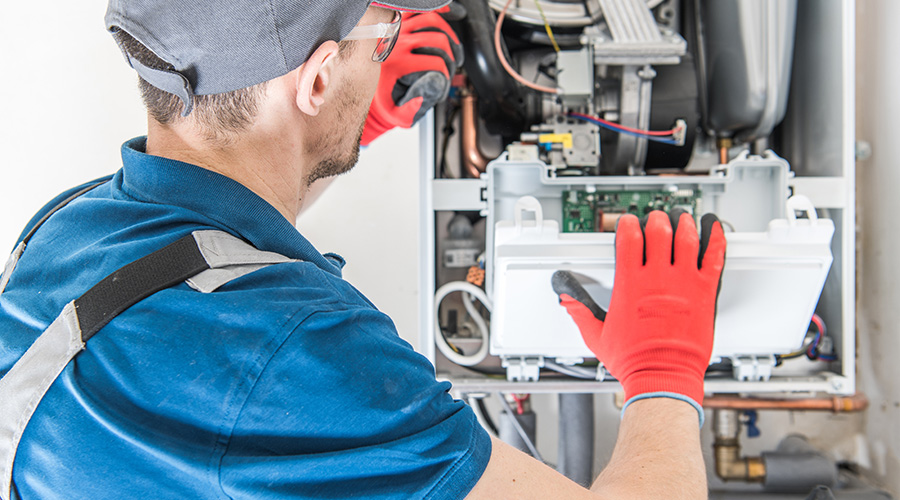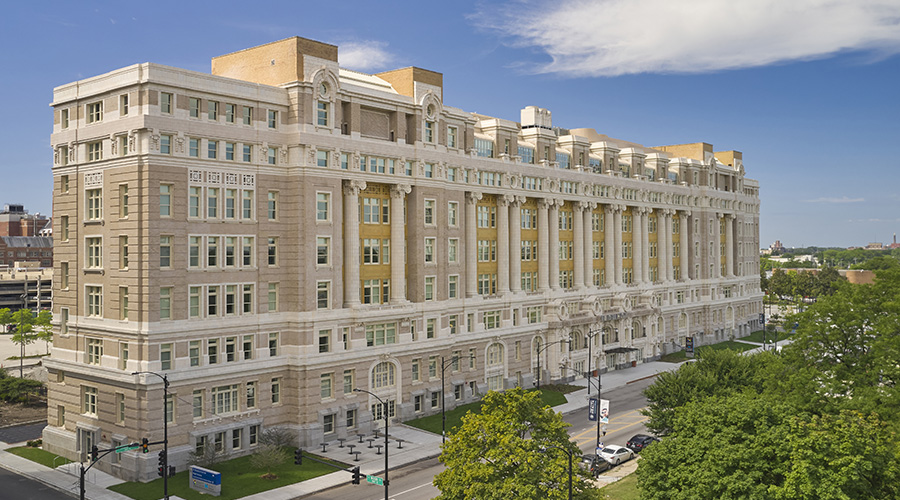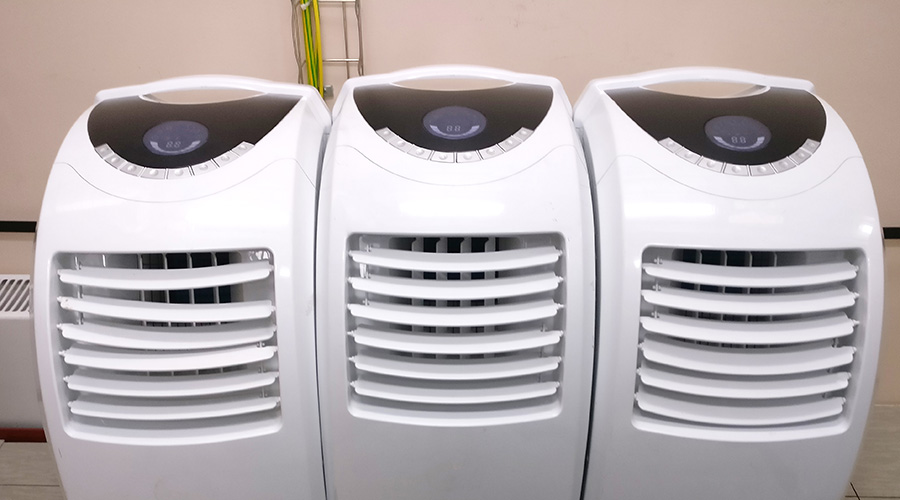Properly Diagnosing Chiller Life Cycles
The question of whether to repair or replace a chiller or cooling tower sometimes yields an expensive answer. To justify this capital investment, maintenance and engineering managers often compile a model of life-cycle costs to calculate a payback period for the up-front cost.
This model can be as complicated as a chiller itself, and many factors are difficult to translate into dollar figures. Buying new systems larger than existing ones might never have a payback period. But managers must carefully consider many factors beyond the first cost before deciding whether to replace or repair these systems.
Examining Life
The industry standard for chiller service life depends on the type of chiller, the degree of routine maintenance, and the unit’s loading and run-time hours. Even assuming average run conditions and adherence to recommended maintenance, typical service lives differ greatly. Small scroll chillers can last up to 10 years. Properly maintained screw chillers can have a performance life of 15-20 years. Water-cooled centrifugal chillers have been known to last more than 25 years.
Centrifugal chillers are complex and often have more moving parts than any other piece of equipment in a plant. Internal microprocessor controls have evolved over the years to monitor and tweak every aspect of the refrigerant-cycle process. Even a kink in an oil line can throw a chiller into alarm and cause troubleshooting headaches for days.
When a chiller fails, repairing it usually is the most cost-effective way to regain service and is the first option managers should examine. For one failure, managers face a straightforward decision on whether it is more cost-effective to repair or replace the machine.
Technicians first should diagnose the problem, then determine a cost estimate for the repair. Managers then compare that estimate to the chiller’s expected remaining useful life and the facility’s likely service life, among other issues.
When a chiller requires more frequent repairs or cannot meet demands for capacity or supply-water temperature, the question of whether to replace the equipment becomes more subjective and complex. Worn electrical components, widening tolerances between moving parts, corroded heat-transfer surfaces and other issues related to tens of thousands of run-time hours can lead to recurring failures and lost capacity.
Related Topics:














